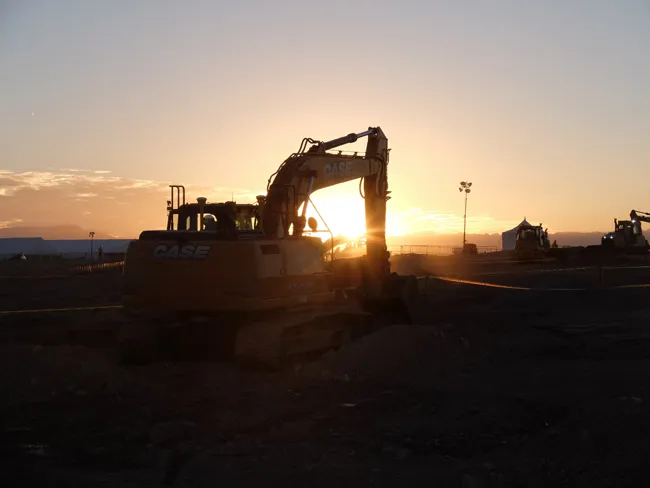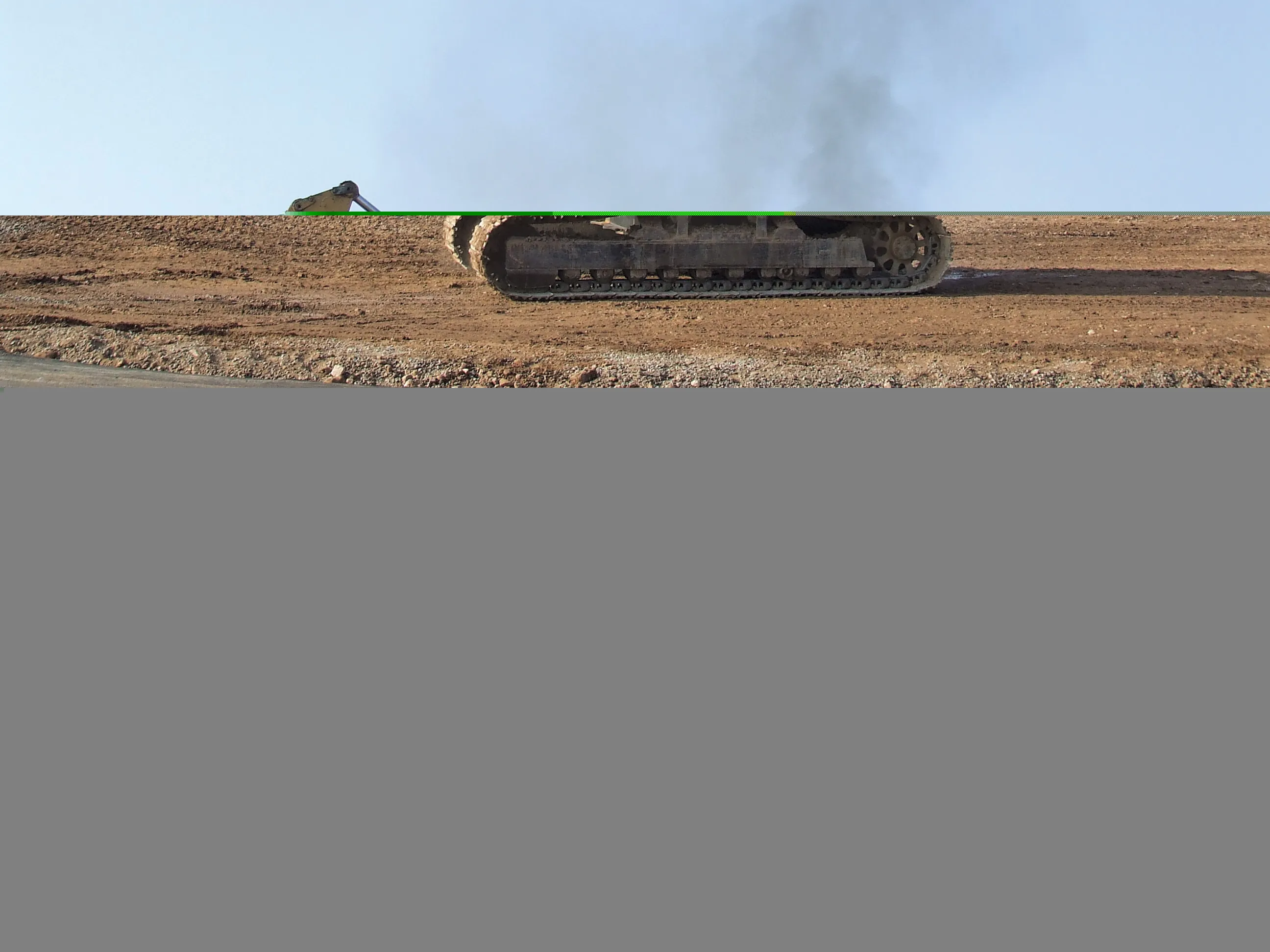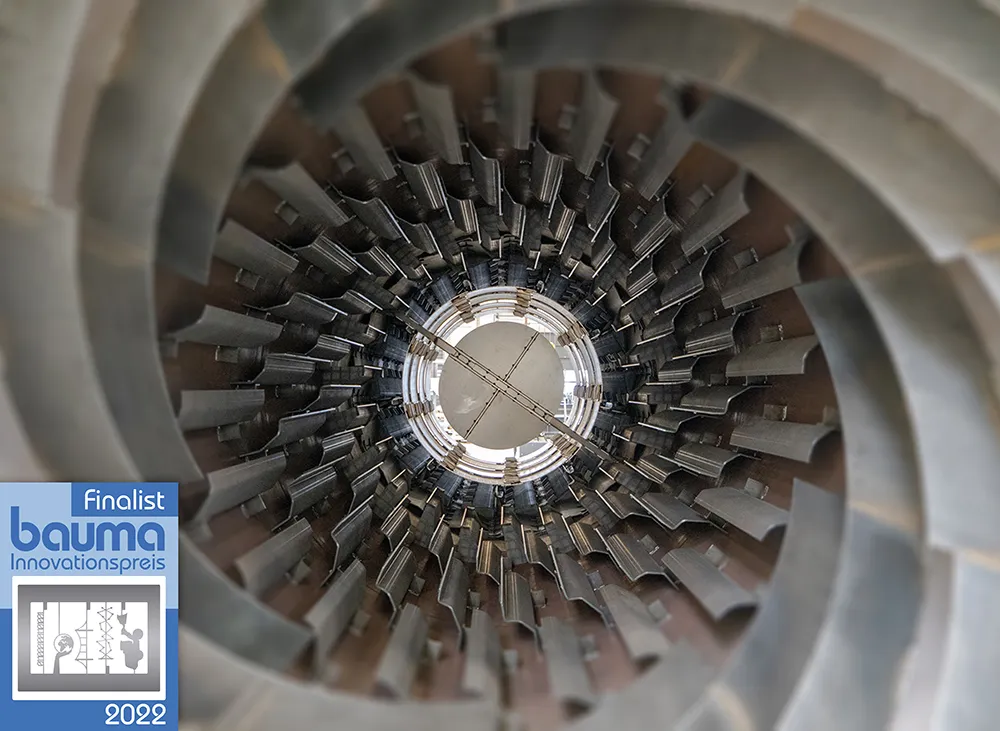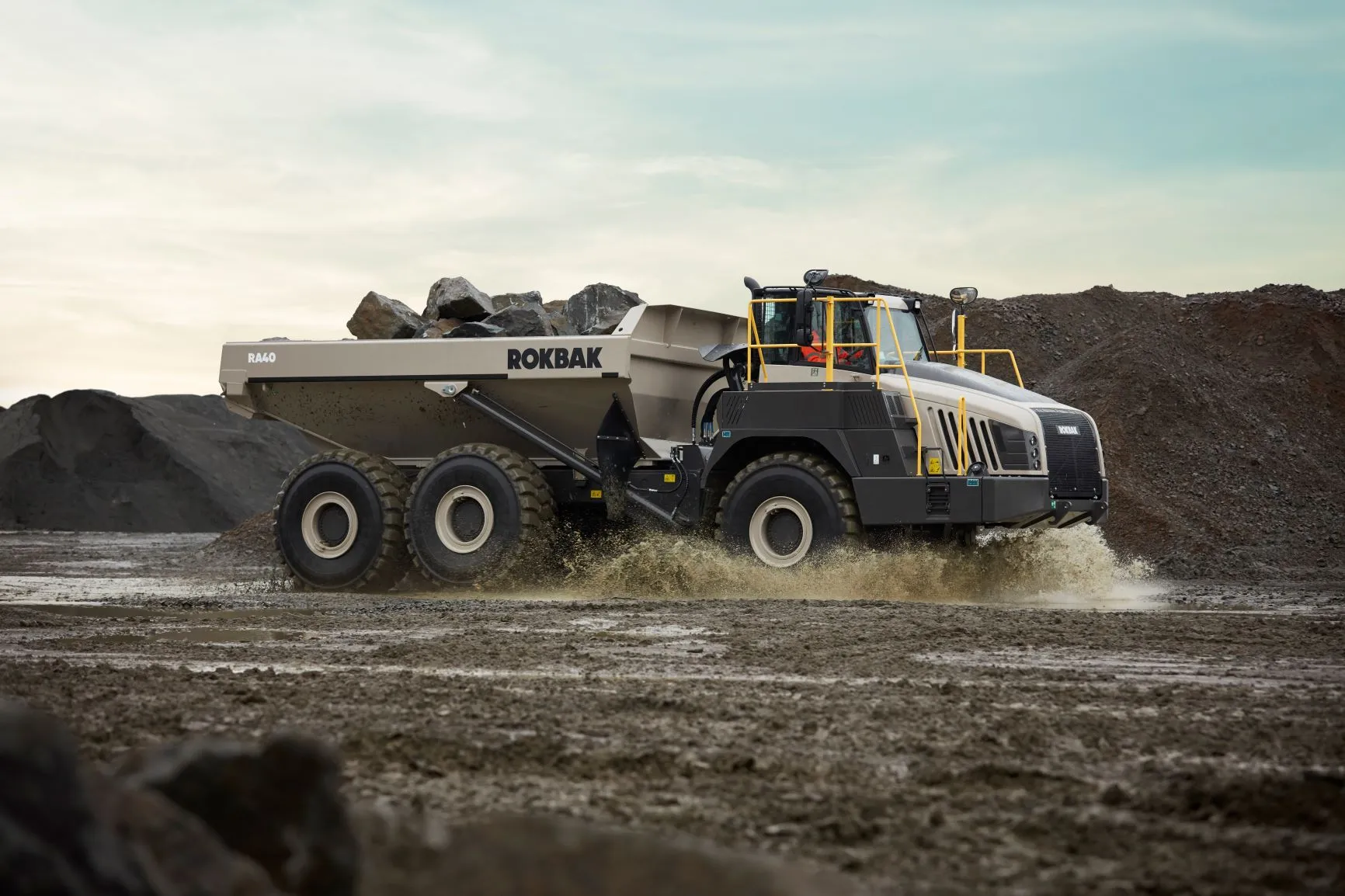Installation of dynamic drive-over axle weighbridges by Axle Weight Technology (Axtec) at eight of Hanson Building Products (HBP) production sites is said to be helping HBP improve the efficiency of its transport operations, while also ensuring the firm is legally compliant on vehicle weights and reducing its CO2 emissions.
December 3, 2013
Read time: 3 mins
Installation of dynamic drive-over axle weighbridges by Axle Weight Technology (7542 Axtec) at eight of Hanson Building Products (HBP) production sites is said to be helping HBP improve the efficiency of its transport operations, while also ensuring the firm is legally compliant on vehicle weights and reducing its CO2 emissions.
As part of the package, Hanson has also taken the Axtec Fleet Management Programme. This system stores the identity and axle and gross weight limits of every rigid, tractor and trailer in the company’s large fleet.
A key feature of this system is the capture of data on the percentage utilisation of the payload for each of the 55,000 vehicles that will be weighed each year. This information is stored in the system’s memory from which reports can be extracted that will enable Hanson to analyse fleet utilisation and make efficiency improvements: such as optimising payloads or using different vehicle configurations.
Mark Hawes, the Hanson project engineer responsible for the installations, said, “Improving our fleet utilisation is an important benefit for us, especially with third party hauliers. This will help to significantly reduce our costs and bring environmental gains by improving the ratio of C02 emissions per tonne of product delivered.
We also want to ensure that all of our delivery vehicles are legally compliant with their weight limits and avoid the risk of a breach, which could potentially lead to fines to both the driver and operator.”
Hanson’s calculations are said by Axtec to have shown that the efficiency improvements already being achieved will result in the investment in the drive-over axle weighbridges and Axtec Fleet Management Programme being paid off in a matter of months.
When a laden truck arrives at the weighbridge the driver inputs its identity number. If it is an artic or drawbar, the driver also inputs the trailer’s identity details. This is checked against the database and a ticket printed showing the axle weights and the legal limits for that vehicle. A warning is also printed out if any of the axle or the gross weight limits are exceeded, enabling remedial action to be taken before the vehicle goes on the public roads.
Axtec’s drive-over axle weighbridges are claimed by the firm to be the most accurate of their type in the world. They are said to be particularly suited to HBP’s requirements due to the firm’s small footprint. The equipment is installed at a number of locations where space is at a premium, and each Axtec weighbridge occupies a space of less than 2m². Each weighbridge is also able to weigh vehicles of any axle configuration and length, including maximum length drawbar units.
The fact that Axtec were able to offer a turnkey installation process at a competitive price, which included all of the civil work performed by their own engineers, was said by Hawes to be a key factor in HBP’s decision to work with Axtec.
As part of the package, Hanson has also taken the Axtec Fleet Management Programme. This system stores the identity and axle and gross weight limits of every rigid, tractor and trailer in the company’s large fleet.
A key feature of this system is the capture of data on the percentage utilisation of the payload for each of the 55,000 vehicles that will be weighed each year. This information is stored in the system’s memory from which reports can be extracted that will enable Hanson to analyse fleet utilisation and make efficiency improvements: such as optimising payloads or using different vehicle configurations.
Mark Hawes, the Hanson project engineer responsible for the installations, said, “Improving our fleet utilisation is an important benefit for us, especially with third party hauliers. This will help to significantly reduce our costs and bring environmental gains by improving the ratio of C02 emissions per tonne of product delivered.
We also want to ensure that all of our delivery vehicles are legally compliant with their weight limits and avoid the risk of a breach, which could potentially lead to fines to both the driver and operator.”
Hanson’s calculations are said by Axtec to have shown that the efficiency improvements already being achieved will result in the investment in the drive-over axle weighbridges and Axtec Fleet Management Programme being paid off in a matter of months.
When a laden truck arrives at the weighbridge the driver inputs its identity number. If it is an artic or drawbar, the driver also inputs the trailer’s identity details. This is checked against the database and a ticket printed showing the axle weights and the legal limits for that vehicle. A warning is also printed out if any of the axle or the gross weight limits are exceeded, enabling remedial action to be taken before the vehicle goes on the public roads.
Axtec’s drive-over axle weighbridges are claimed by the firm to be the most accurate of their type in the world. They are said to be particularly suited to HBP’s requirements due to the firm’s small footprint. The equipment is installed at a number of locations where space is at a premium, and each Axtec weighbridge occupies a space of less than 2m². Each weighbridge is also able to weigh vehicles of any axle configuration and length, including maximum length drawbar units.
The fact that Axtec were able to offer a turnkey installation process at a competitive price, which included all of the civil work performed by their own engineers, was said by Hawes to be a key factor in HBP’s decision to work with Axtec.









